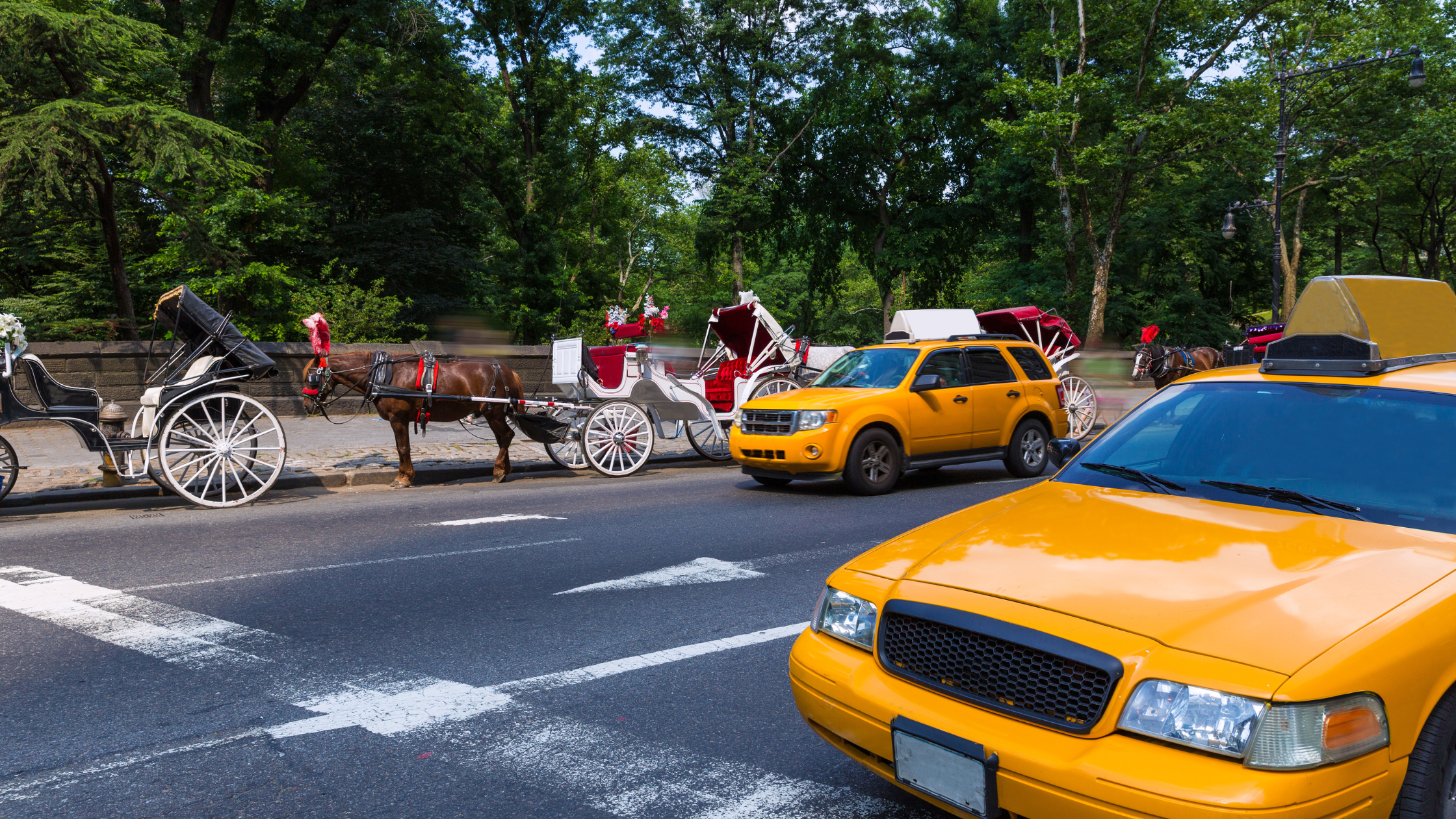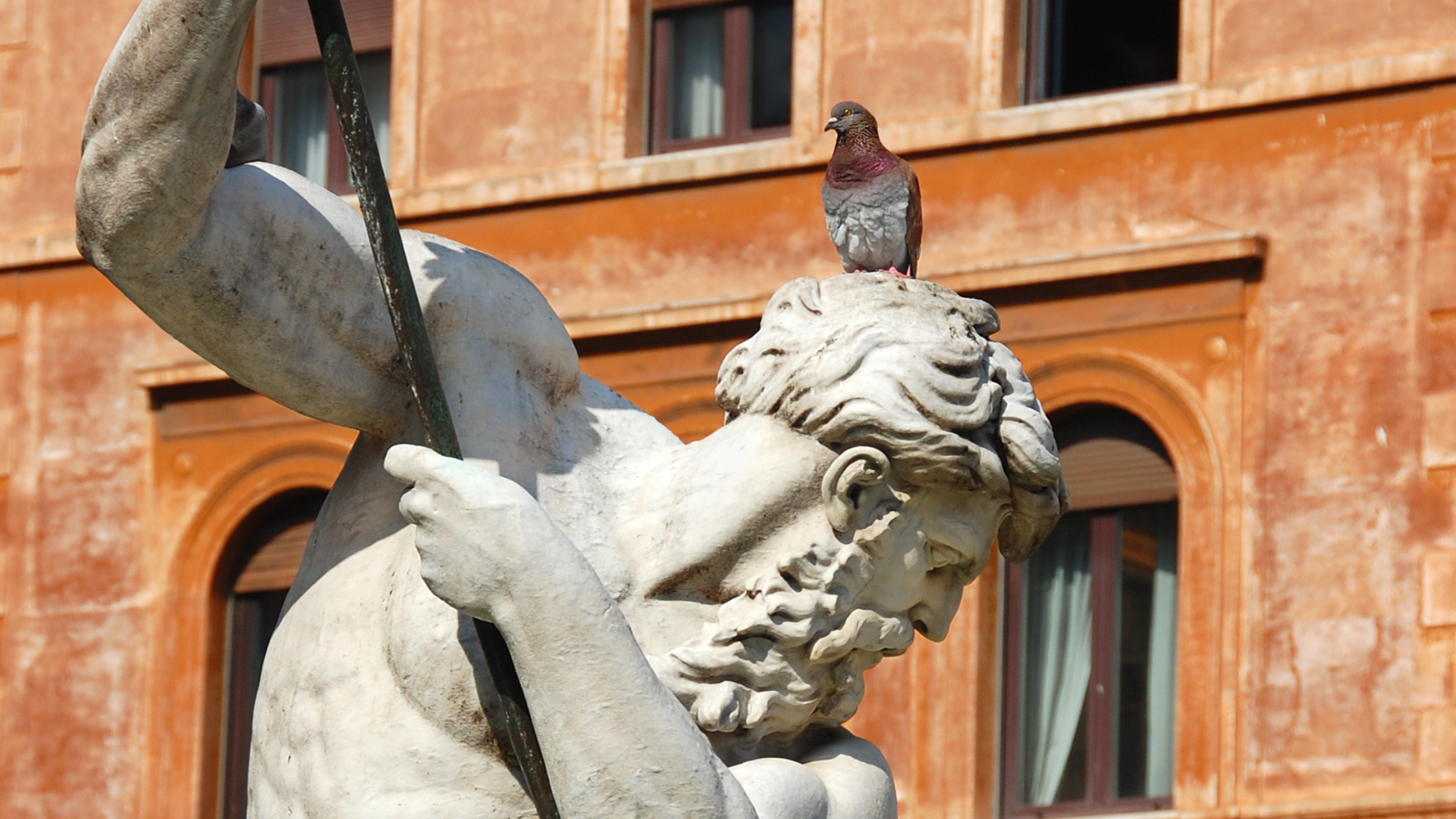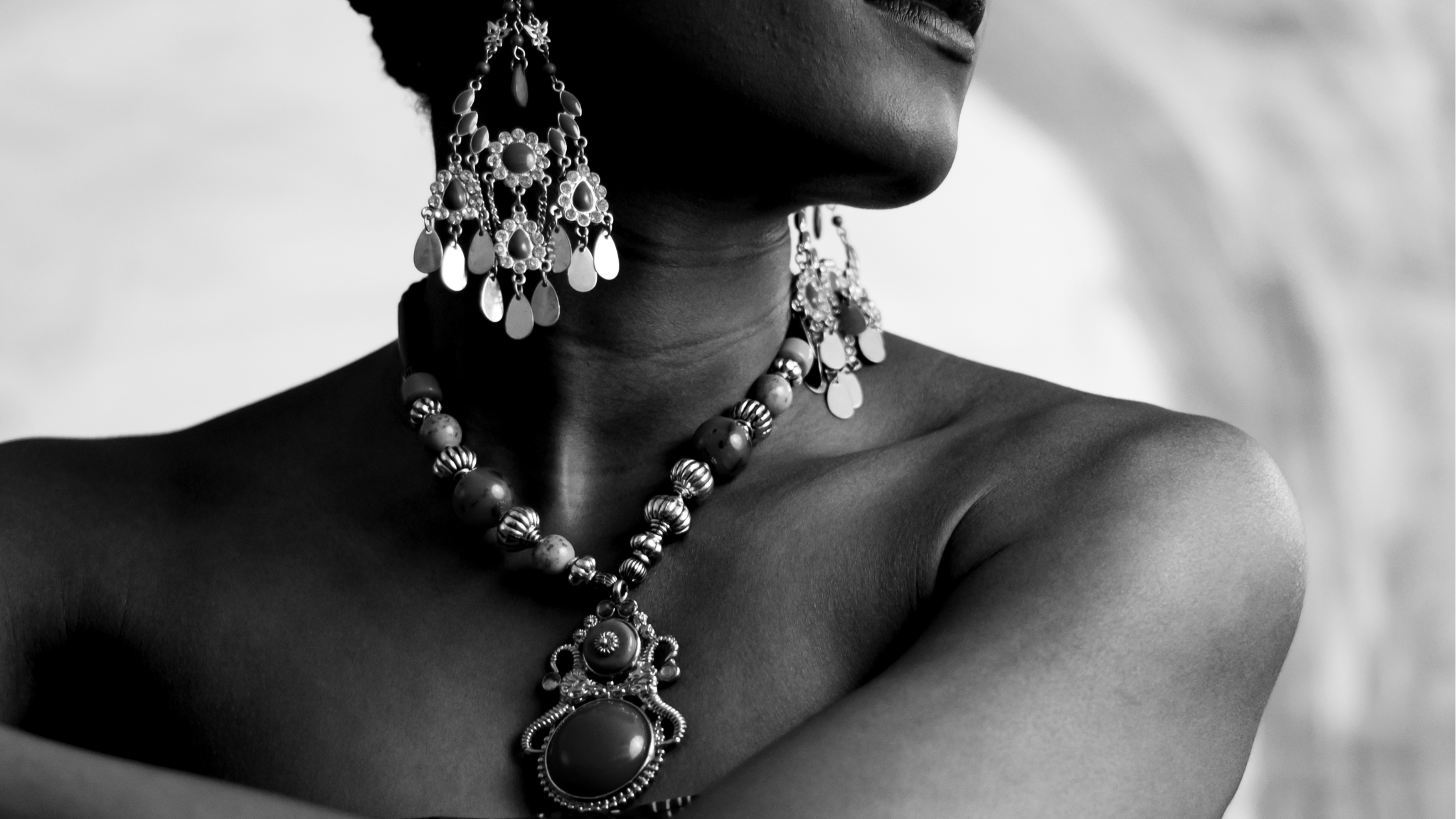
The Controversy of Horse-Drawn Carriages in NYC: A Deep Dive into Animal Welfare, Politics, and Tourism
New York City is known for its iconic sights, and one of the more debated attractions is the horse-drawn carriage rides through Central Park. These rides, which have been a staple of NYC tourism for over a century, offer a romantic and nostalgic experience for visitors. However, in recent years, the practice has faced intense scrutiny from animal rights activists, legislators, and politicians who argue that the use of horses for carriage rides is inhumane, unsafe, and outdated.
Activist Efforts and Legislative Proposals
Activists have long argued that horse-drawn carriages in NYC subject animals to inhumane conditions. The horses are often exposed to extreme weather, heavy traffic, and the hustle and bustle of the city, which can cause severe stress, injuries, and even death. Organizations like the American Society for the Prevention of Cruelty to Animals (ASPCA) and New Yorkers for Clean, Livable, and Safe Streets (NYCLASS) have been at the forefront of the movement to ban these carriages. They have organized protests, public awareness campaigns, and even lawsuits to push for the end of horse-drawn carriage rides in the city.
Several politicians and lawmakers have joined the cause. In 2013, then-mayoral candidate Bill de Blasio campaigned on a platform that included banning horse-drawn carriages. He argued that it was not only an animal welfare issue but also a public safety concern, as there have been incidents where horses bolted into traffic, causing accidents. Although de Blasio repeatedly attempted to introduce legislation to ban the practice during his tenure, he faced significant pushback from the carriage industry and some city council members, leading to a stalemate.
In recent years, there have been multiple legislative proposals aiming to phase out horse-drawn carriages and replace them with electric, vintage-style vehicles. These proposals have gained support from various council members and animal rights advocates but have yet to pass into law due to opposition from the carriage industry, which argues that it would eliminate jobs and negatively affect tourism. The debate continues to be a contentious issue within city politics.
The Living Conditions of Carriage Horses
When not working, NYC's carriage horses are housed in several stables located on Manhattan's West Side, far from the serene image often associated with a horse’s natural environment. These stables, some of which are decades old, are often described as cramped and poorly ventilated, with the horses kept in small stalls with limited room to move around. Critics argue that these conditions contribute to the animals' physical and mental stress.
The horses are typically brought to Central Park from their stables daily and spend long hours on the hot asphalt in the summer or in freezing conditions in the winter, often without adequate rest or water. The industry, however, insists that the horses are well cared for, citing regulations that limit the number of hours they can work and require them to be given regular veterinary check-ups.
The Grim Toll: Horse Deaths and Injuries
Despite these regulations, several carriage horses have died in recent years, reigniting the debate over whether this practice is humane or not. For example, in 2019, a horse named Billy collapsed and died on the streets, sparking outrage among animal rights activists and the public. In 2022, Ryder, a carriage horse, collapsed on a hot summer day due to severe malnutrition and neurological issues, which drew significant media attention. These incidents have often been linked to exhaustion, dehydration, or pre-existing health conditions exacerbated by the harsh working environment.
According to NYCLASS, there have been over 30 documented cases of horse deaths related to the carriage industry in NYC in the past two decades. Many of these deaths have been caused by conditions such as colic, laminitis (a painful foot condition), and heatstroke—all exacerbated by long hours of work, poor diet, and inadequate medical care. The industry maintains that accidents and health issues are rare and that the majority of horses live and work in good conditions, but each new death seems to add fuel to the activists’ argument.
The Ongoing Battle: What’s Next?
The future of horse-drawn carriages in NYC remains uncertain. While activists and some politicians push for a total ban, the carriage industry continues to lobby against such measures, arguing that the practice is a vital part of New York City's culture and tourism economy. With ongoing public pressure, the debate has become a symbol of a broader discussion about animal rights, ethical tourism, and the role of tradition in a modern metropolis.
As New Yorkers and tourists alike continue to debate the issue, one thing is clear: the future of NYC’s horse-drawn carriages will likely depend on the balance between animal welfare, tourism interests, and evolving public opinion. For many, the quaint image of a horse-drawn carriage ride may no longer be enough to justify the potential cost to animal welfare.




